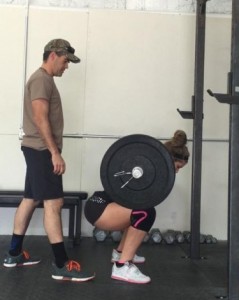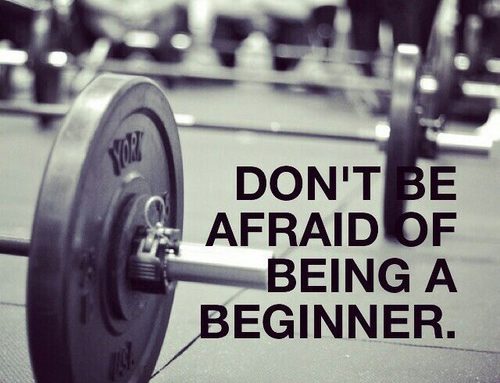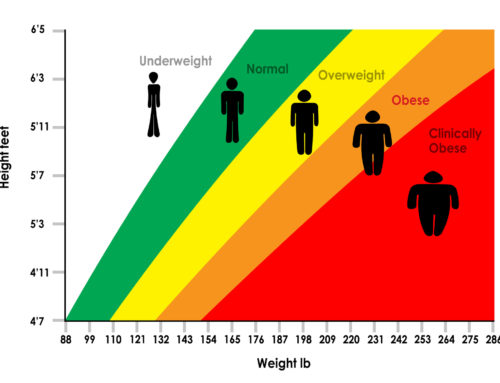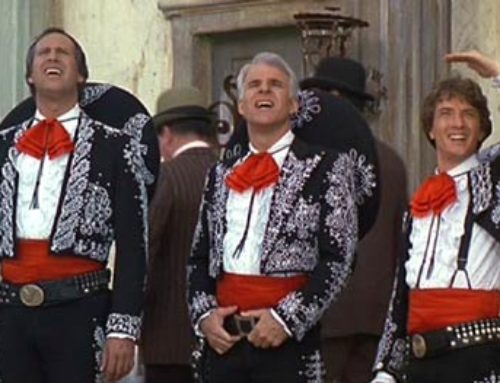Well, it is February 2016 and the games are upon us. I wish everyone well and hope that your goals are achieved, new skills are learned and scores are recorded for history. As I watch the games go by for a second year in a row without competing, my perspective is much different than it was 3-4 years ago. I can remember that knot in my stomach the day of the announcement and the mental gymnastics that would occur the day of and following. I do plan to get back to a physical level where I can enjoy the things that I love to do so much, but like for anything, there is a season.
While I have had some time off from training, it has given me time to get back in the books, read and cogitate on human performance and the masters athlete. Every year, we learn more about how older athletes can exceed the expectation levels that we had previously and how to maximize our aging bodies. I have spent some time surfing the web, looking at box programming all over the country, programming websites and what is happening at our boxes and other gyms in our area. It still strikes me as confusing that training facilities are programming for the general population as if they’re performing on a weekly basis. In other words, their “training” looks like “performance combined with exercise.” Thus, because their “training” is not “training” it is “exercise.”
It is important that any athlete, whether they are just in it for fun or serious about being competitive, understand the difference between training, exercise, practice, and performance. These physical endeavors are definitely not the same and will not produce the same results. If you think that Rich Froning and other elite crossFitters develop their winning capacity from “crossFit,” you are sorely mistaken. Here is where people get confused. They walk into a gym, start crossFitting and immediately see a huge impact in their fitness and then associate that impact with crossFit. When, in reality, anyone who has been sedentary or not performing high intensity interval training, when they start will see a “novice effect” that can’t help but grow their fitness. The problem is that down the road when progress and gains begin to waiver, they haven’t built a foundation of “training” that can yield future growth. We see this all the time in some boxes. Athletes make huge gains immediately and then hit a wall. They then either leave, get injured or find someone who can provide linear training programming to get them to the next level and usually not in a crossFit gym. To be fair to crossFit, we find this pattern of “exercise” in most gyms today.
Here’s a review of how exercise, training, practice, performance are described by Soleyn.
“Exercise is often a loosely structured series or continuum of workouts that tend toward exhaustive repetition or random variety where the participants goal exists within the execution of the workout itself. Physical changes (“results”) are the byproducts of the workouts, not the goal, and are mostly hoped for rather than planned. Given that just about any new, rigorous, and repeated physical activity will yield some positive physical changes, exercisers often confuse their series of workouts with training and their measure of results with efficacy.”
“Training comprises planned biological adaptations that, when achieved, move one closer to a specific goal. This definition of training may be easily distinguished from performance. The goal of every training session is what happens as a result of the physical activity engaged in during training, whereas the goal of performance is a snapshot expression of one’s physical capability to execute a task.” Training should focus on the human’s ability to adapt based on specific stresses and then produce whatever physical capacity is desired. In my opinion, for the general population, the training goal should be to acquire strength. Why? Strength has the greatest foundational impact on the other 9 general physical skills.
“Practice is where one acquires or improves skills that allow the specific expression of one’s physical capacity within the rules or conventions of the performance. If all one needed to do to meet one’s maximum potential as a given task was to refine the details of its narrow expression, then training would mimic performance of the task. It would be practice.”
“Performance is a comparative, hopefully objective, expression of one’s capabilities within a particular series, on a particular day, during a game or match, or in a single moment…Performance is the culmination of training.”
So, why is this important to you? Because if your strength & conditioning program is built on “exercise” or anything other than “training” as its foundation, you are not maximizing your gains or planning your success. Sure, any freshman can gain strength and capacity when they are untrained prior to entering a program or even undertrained. But, once the newbie has been in the gym for while, quality gains will wain and that’s when they wonder what they’re doing there.
STRENGTH, should be the foundation of any good training program and it should be built on a linear periodization of sets, reps and load over time. Starting Strength, by Mark Rippetoe, provides that foundation and allows athletes to create a springboard for practice and performance. Starting Strength focuses on performing barbell strength training using the squat, press, deadlift, bench press and power clean. By using proper technique, athletes recruit more muscle mass, over the larger range of motion and gain strength more efficiently. Many of the CrossFit gyms program workouts as if they are practicing or competing each day, but lack the depth of strength foundation programming to develop the remaining 9 general physical skills in an efficient manner. Want to improve muscle-ups, handstand push-ups, squat cleans, thrusters, etc…get stronger! Of course skill and mobility play a role in the development of weightlifting and gymnastics, but without strength you simply can’t perform many of these movements with proficiency and performance.
At our gym, STRENGTH is the foundation of every program. Athletes enter training, learn the barbell movements and establish working loads. The emphasis is placed on strength development first, then conditioning and the acquisition of mobility and skill. Interestingly enough, mobility seems to improve naturally as a byproduct of performing the barbell movements correctly. Sure, there are some movements in weightlifting and gymnastics that require mobility outside the norm, but that can be developed when needed. Without strength, those movements aren’t possible.
Look at your gym programming and ask yourself, am I training or am I exercising? Compare your training to the concepts referenced above and then evaluate the results of your fitness program. If you’re not making the gains you want, something has to change. I recommend you find out what that something is. Doing the same thing and expecting different results is insanity…
P.S. Comment below and give us feedback…
Coach D
- Soleyn, Nicholas. Starting Strength, Training and Performance for the Novice Athlete. 2014. The Aasgaard Company. StartingStrength.com.





Leave A Comment